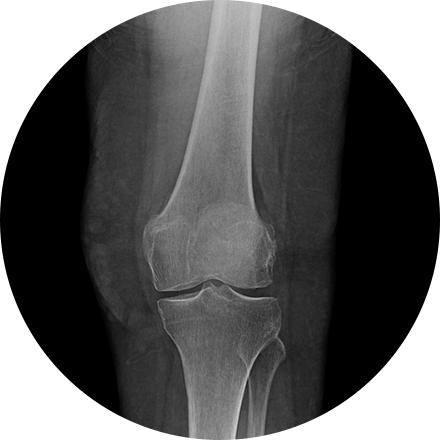
Some traumatic injuries can only be treated with radiology. Interventional radiologists use special techniques to perform in emergency imaging situations, such as embolization and angioplasty (to stop bleeding), or using imaging to find the exact location of a life-threatening wound.
Radiologists treat every system in the body, including blood vessels, the spine, bones, internal organs, skin and certain areas like the brain or pelvis that may be inaccessible to other clinicians. They are also well-positioned to handle multi-system trauma, like shock and sepsis, because of their comprehensive understanding of the body.
We work with medical and surgical specialists in acute traumatic and non-traumatic medical emergencies. They need immediate diagnosis and collaboration, and our practice is set up to prioritize and manage critical exams. In addition to immediate read of STAT studies, we provide the interventional procedures shown below.
Emergency Imaging Interventional Procedures
Stents can be used to repair torn aortas, reducing the risks involved in surgical treatments. A stent is inserted into a blood vessel through a small incision in the groin. The radiologist uses imaging techniques to then guide the stent to the injury site.
Embolization is used to stop unwanted bleeding, as with a wound or aneurysm (ruptured or unruptured). Medications or synthetic materials (embolic agents) are placed through a catheter into a blood vessel to prevent blood flow to the affected area.
Often the first choice procedure after a heart attack, a catheter is threaded into the coronary arteries where a stent or balloon is also guided to create more space for blood to flow. Imaging and contrast agents are used to guide placement of the materials and to monitor blood flow.
Some Emergency and Trauma Imaging Procedures Include:
Often the first choice procedure after a heart attack, a catheter is threaded into the coronary arteries where a stent or balloon is also guided to create more space for blood to flow. Imaging and contrast agents are used to guide placement of the materials and to monitor blood flow.
Embolization is used to stop unwanted bleeding, as with a wound or aneurysm (ruptured or unruptured). Medications or synthetic materials (embolic agents) are placed through a catheter into a blood vessel to prevent blood flow to the affected area.
Stents can be used to repair torn aortas, reducing the risks involved in surgical treatments. A stent is inserted into a blood vessel through a small incision in the groin. The radiologist uses imaging techniques to then guide the stent to the injury site.








